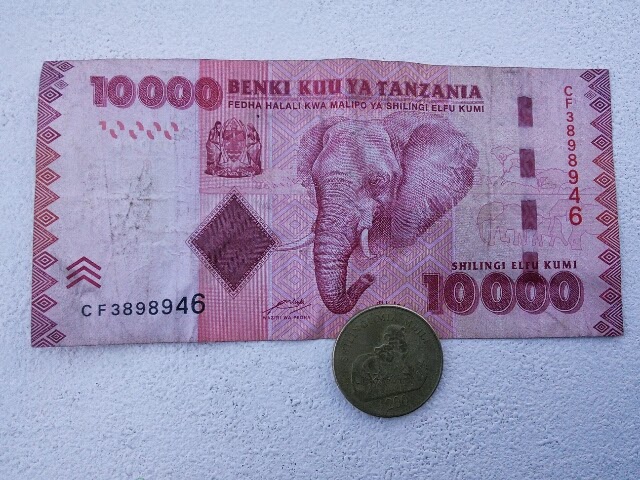Our detour around Bolivia took us to the (completely unfamiliar to me) north coast of Chile. I don't know why, but I was expecting something Mediterranean. But no, as we were landing in the town of Iquique, we pulled down the airplane window shade and saw a vast desert stretching away as far as the Andes. Then all of a sudden the word "Atacama" came back to me from geography bees past. We were in the driest place on Earth.
In Iquique, it turns out, the whole reason for the city to exist was mining. The big sandy hills that surround the city are full of minerals like nitrates and saltpeter - minerals valuable enough that Chile went to war with Peru over them in the 1800s. The area was full of small mining towns until they were gradually abandoned in the mid-1900s, leaving giant refineries abandoned in the desert. We heard that there was a particularly well preserved ghost town just 40 km east of us. The place was a saltpeter mine until it was abandoned in the 1960s and now it is even a UNESCO world heritage site. It is called Humberstone, which the people here pronounce like "Ombertun."
Our misadventure trying to visit Humberstone need not be recounted in detail. Let's just say, due to traffic, it took us an hour to go 5 kilometers of the way there before we decided to get out of the car and turn back so that we could catch our onward bus. We were annoyed that we couldn't make it in time, but later found out there were several earthquakes last month (around 8 on the Richter scale!) that badly damaged the highway out of town. I felt sheepish for complaining about the traffic when I found that out.
But still, we wanted to do something before leaving. The tourist information office recommended an hour boat trip out past the harbor. But lo and behold, when we got there, no boats were running. Just our luck, right?
Dejected, we went to the dock to look at the water. There was some kind of huge brown bean bag on the dock. As we got closer, it opened a sleepy eye and watched us. A sea lion?! Was this really a lone sea lion, sitting fat and sassy on the dock of the bay? They live in colonies, so it made us wonder why this one was alone. Maybe he was taking a break from the group, or maybe he had been kicked out. He seemed pretty content either way, and his serene smile made us feel better about the failed Humberstone and Boat trips.
Sitting there ended up being lovely. Out in the ocean, the most enormous waves I have ever seen crashed against the distant breakers. The little sandy beach was strewn with tons of large, intact mollusk shells. A black bird with a long red beak stalked the surf, while men stood on boulders fishing for whatever could withstand that tide. We left Iquique wishing we had stayed longer. I know so little about the Atacama region, but what little I know says there is a lot going for this little mining town.

































